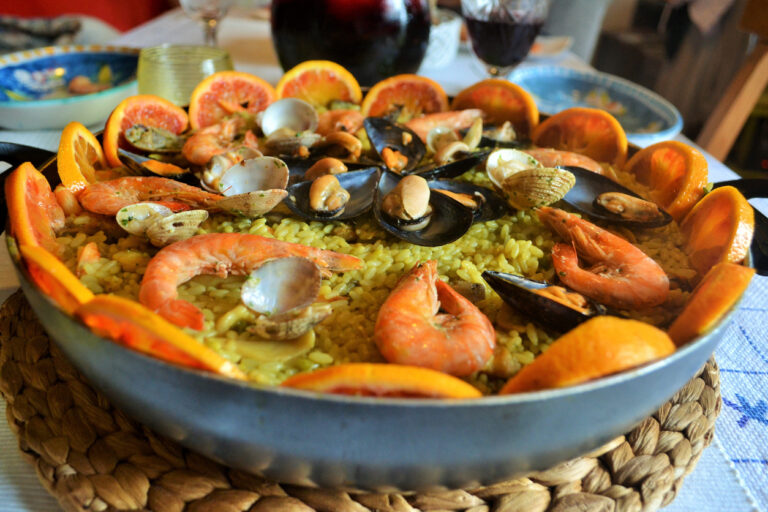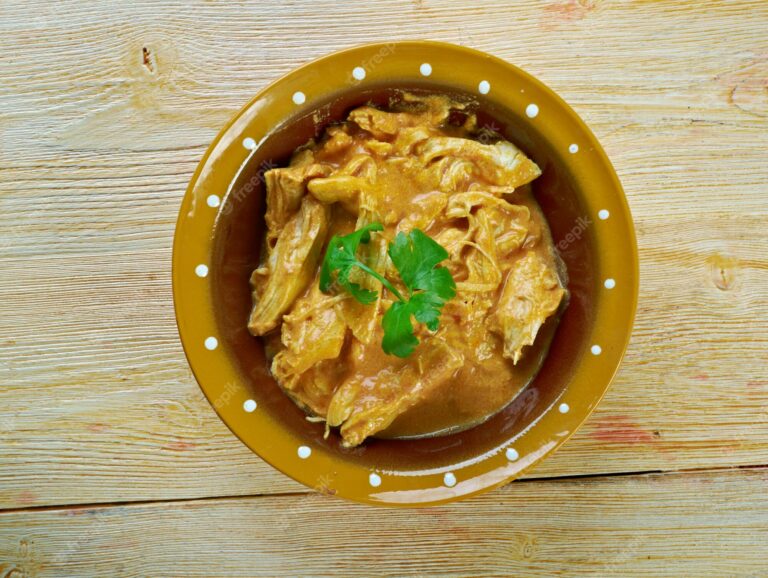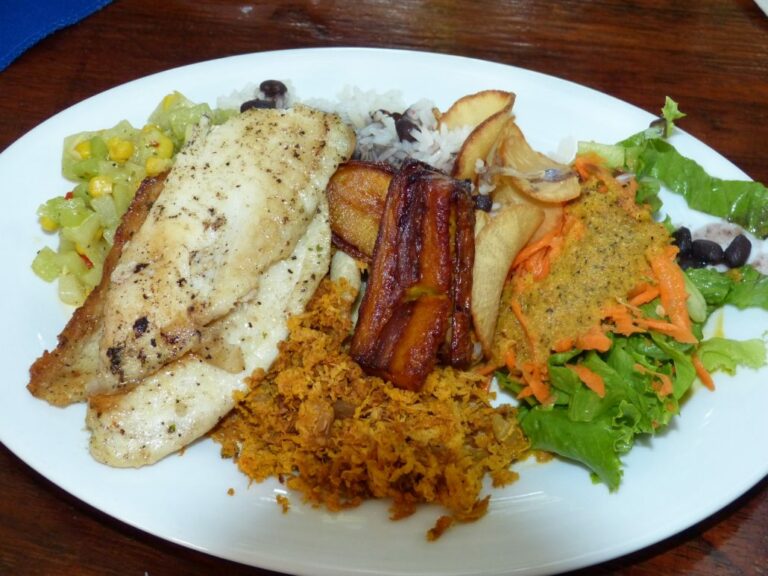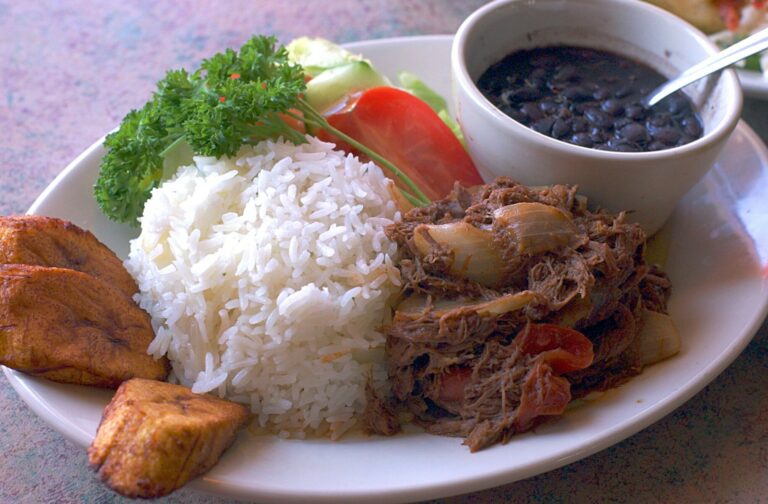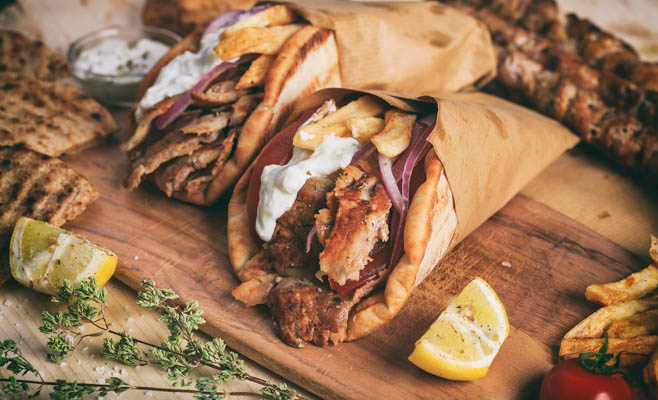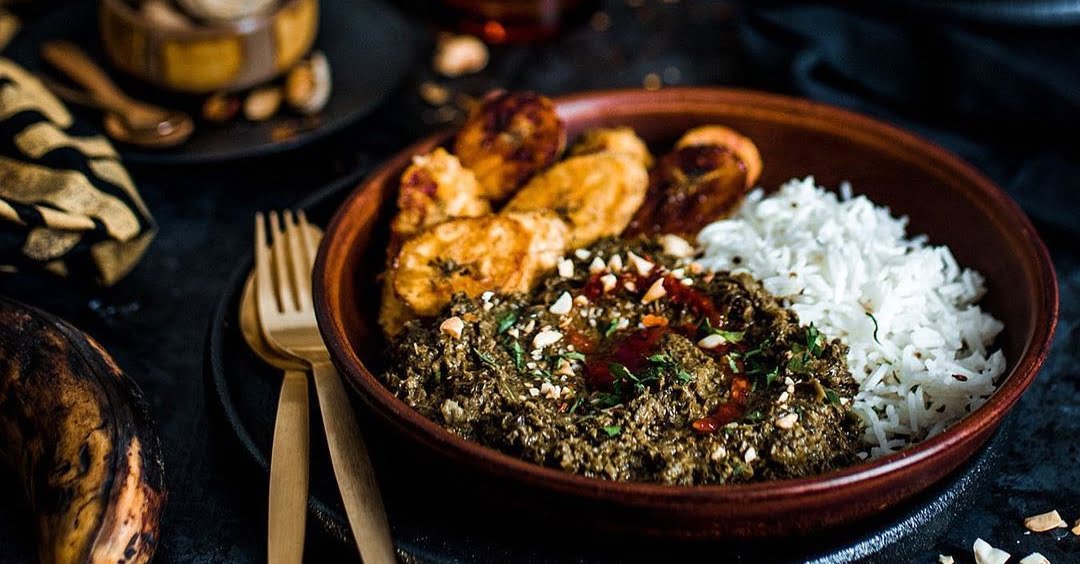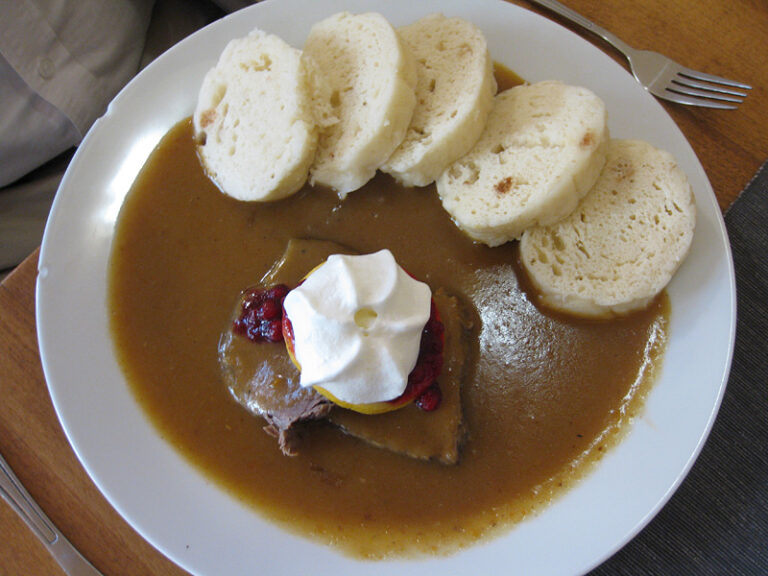Introduction: Colombian cuisine
Colombian cuisine is a rich and diverse blend of indigenous, African, European, and Asian influences. It is characterized by its use of fresh, locally sourced ingredients such as plantains, yucca, corn, beans, and tropical fruits. Colombian cuisine varies greatly across the country according to the region’s geography, climate, and cultural traditions.
The Caribbean cuisine of Colombia
Located on the northern coast of Colombia, the Caribbean region is known for its seafood dishes and vibrant culinary culture. The cuisine is heavily influenced by African, Spanish, and indigenous traditions. Popular dishes include fried fish, coconut rice, sancocho (a hearty soup made with meat and root vegetables), and arepas de huevo (deep-fried corn cakes filled with egg).
The Pacific cuisine of Colombia
The Pacific region of Colombia, which borders the Pacific Ocean, is renowned for its seafood dishes and Afro-Colombian culture. Local ingredients such as plantains, yucca, and coconut are heavily used in dishes such as encebollado (a fish soup with onions and yucca), arroz con coco (coconut rice), and cangrejo (crab).
The Andean cuisine of Colombia
The Andean region of Colombia is known for its hearty stews, roasted meats, and potato-based dishes. The cuisine is influenced by European and indigenous traditions. Popular dishes include ajiaco (a chicken and potato soup), lechona (a roasted pig stuffed with rice and peas), and bandeja paisa (a platter of rice, beans, meat, and fried plantains).
The Orinoquía cuisine of Colombia
The Orinoquía region of Colombia, located in the eastern plains, is known for its cattle ranches and meat-based dishes. The cuisine is heavily influenced by indigenous and Spanish traditions. Popular dishes include carne a la llanera (grilled beef with yucca and plantains), mondongo (a tripe soup), and chigüiro (a type of rodent).
The Amazonian cuisine of Colombia
The Amazonian region of Colombia, located in the southeast, is known for its exotic ingredients and indigenous culinary traditions. Local ingredients such as fish, yucca, and plantains are used in dishes such as maito (grilled fish wrapped in banana leaves), tacacho (fried plantain balls), and juanes (a type of tamale made with chicken and rice).
Influences on Colombian cuisine
Colombian cuisine has been shaped by a variety of cultural influences, including indigenous, African, European, and Asian. The Spanish introduced ingredients such as rice, wheat, and beef, while African slaves brought their culinary traditions and techniques. Indigenous communities introduced local ingredients and cooking methods, while Asian immigrants introduced new flavors and ingredients such as soy sauce and ginger.
Conclusion: Diversity in Colombian cuisine
Colombian cuisine is a reflection of the country’s diverse cultural heritage and geography. Each region has its own unique culinary traditions and flavors, from the seafood dishes of the Caribbean to the meat-based dishes of the Orinoquía. Colombian cuisine is a testament to the country’s rich history and cultural diversity, and is enjoyed by locals and visitors alike.

